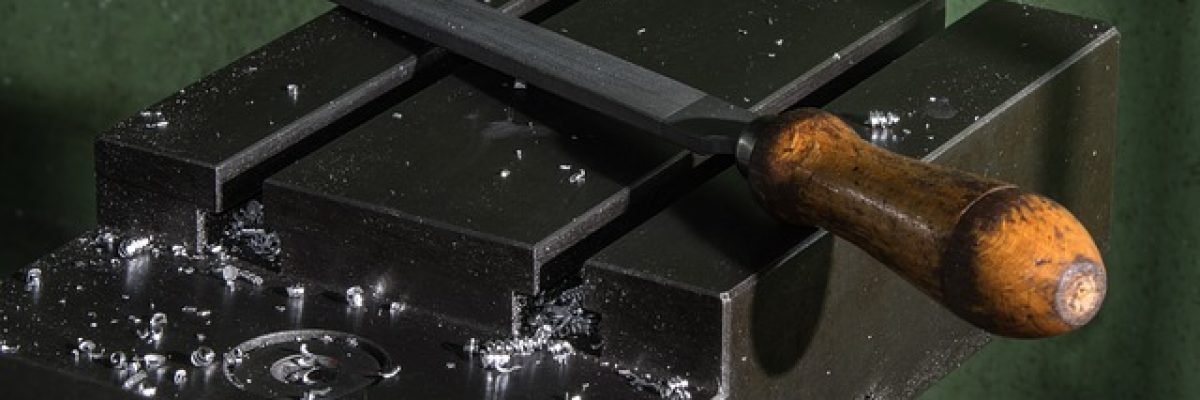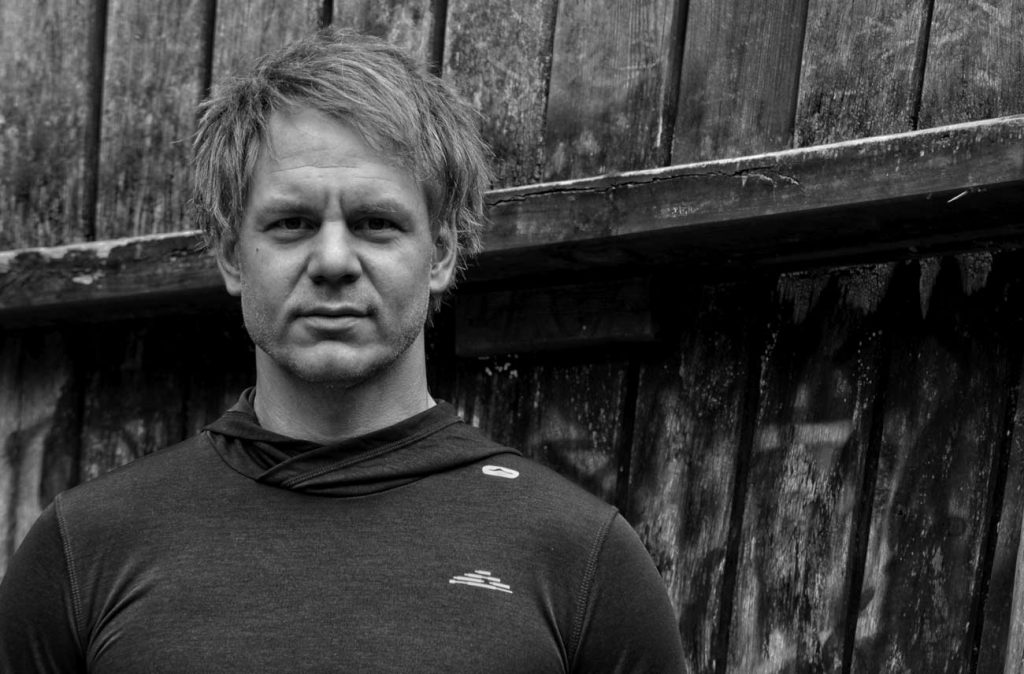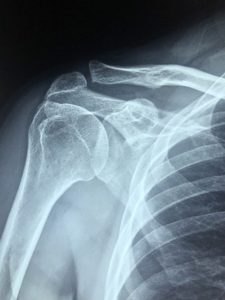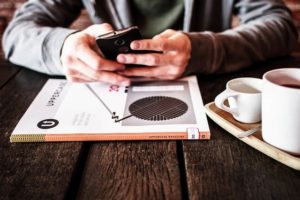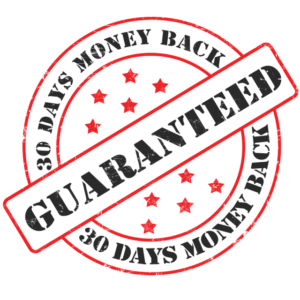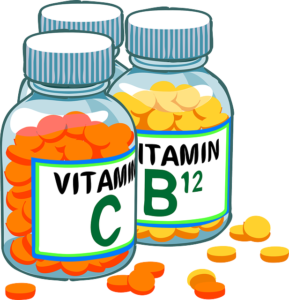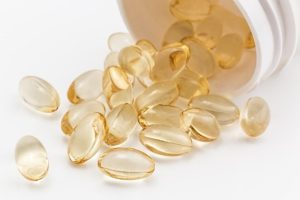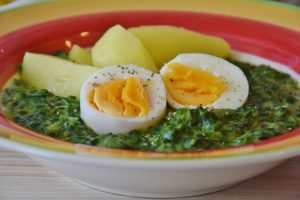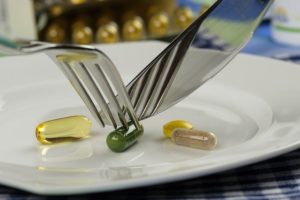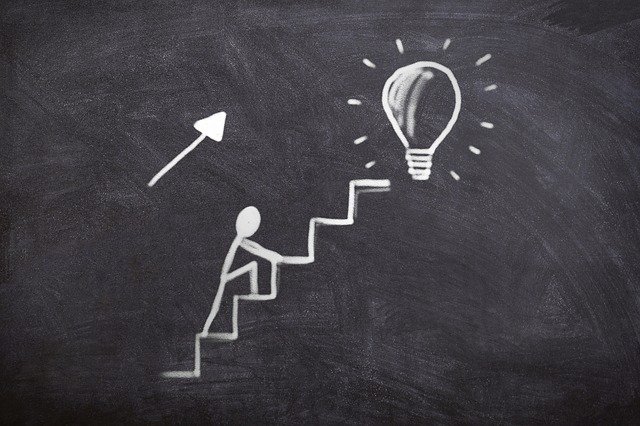The pain relieving expert explains why artificial joints cannot solve the original problem. Big topic. I know. Let’s see… ![]() Ready?
Ready?
A human being is not a car. In a car or in an engine, when a part is worn out or broken, it is replaced. And then it lasts again for a few years. Sometimes for decades. But now there are numerous cases in the body where artificial joints, plates or special anchors are “installed” in people and these later break apart.
Or the “screws” no longer hold.
Or the joint is out of alignment.
Or the complaints really start after the operation. Why could that be?
The forces that exist in the interaction with muscles, fascia, tendons and bones in a body exert massive pressure on the “new parts”. I can put in the strongest spring, but if the shear forces in the environment are too great, multiplied by the factor of time, then even the strongest material will break. And that happens quite often.
Alternatively, in a force diagram, the new plate is stable. Indestructible. Ok. But the forces in this scheme are still there. There is wear of the joint head/plate as in a normal joint with a hyaline cartilage. Does that make sense?
The only difference is that the abrasion is not the body’s own, but usually a metal. (Titanium or a chromium-cobalt-molybdenum alloy). And such debris in the body, in a region that is already damaged? That’s not great. I also understand that sometimes surgery is the last, saving option. And yes, many people report that they feel better after the operation. That’s true.
Now it comes: But not permanently.
After a certain time, everything was the same as before, sometimes even worse. Subsequent operations because it did not “grow together” properly. Sad and scary at the same time.
How would it be, just as a thought experiment, if the tension within the body could be reduced to a normal pressure and tension, so that firstly the excessive stress on the joint could be reduced to a normal level? And secondly, should an artificial joint already exist, so that the breaking and abrasion can be prevented or minimised?
But with that I would be saying and offering something completely different from what conventional medicine offers, wouldn’t I?
And yet I have clients who recommend me… Yes, even to family members. Hm… that’s quite strange.
Anyway, I was just thinking out loud. ![]()
Have a relaxing day and see you next time.
Stay strong.
Matti

